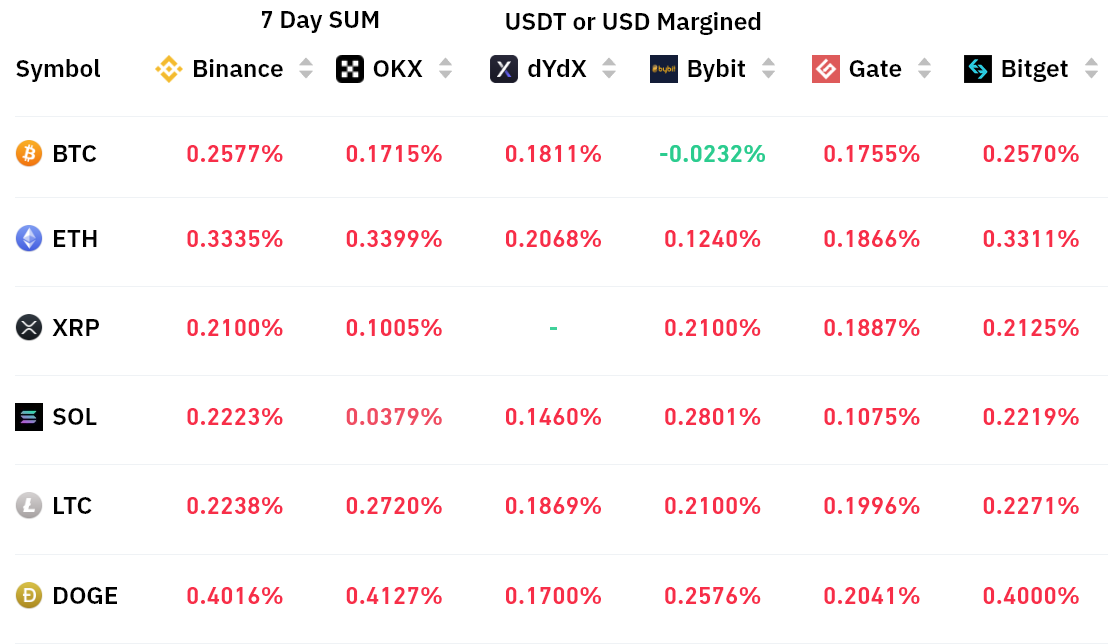Bitcoin is up 170% since the ECB called its ‘last gasp’ at $16.4K


Bitcoin completely contradicts what the European Central Bank warned about in late 2022.
Bitcoin (BTC) has gained almost 170% since the European Central Bank (ECB) warned of its impending “irrelevance.”
As noted by crypto proponent Eric Wall and others on Dec. 4, BTC price action has done the complete opposite of economists’ predictions.
Bitcoin traded at just $16,400 when, on Nov. 30, 2022, the ECB published a blog post dedicated to its death.


























